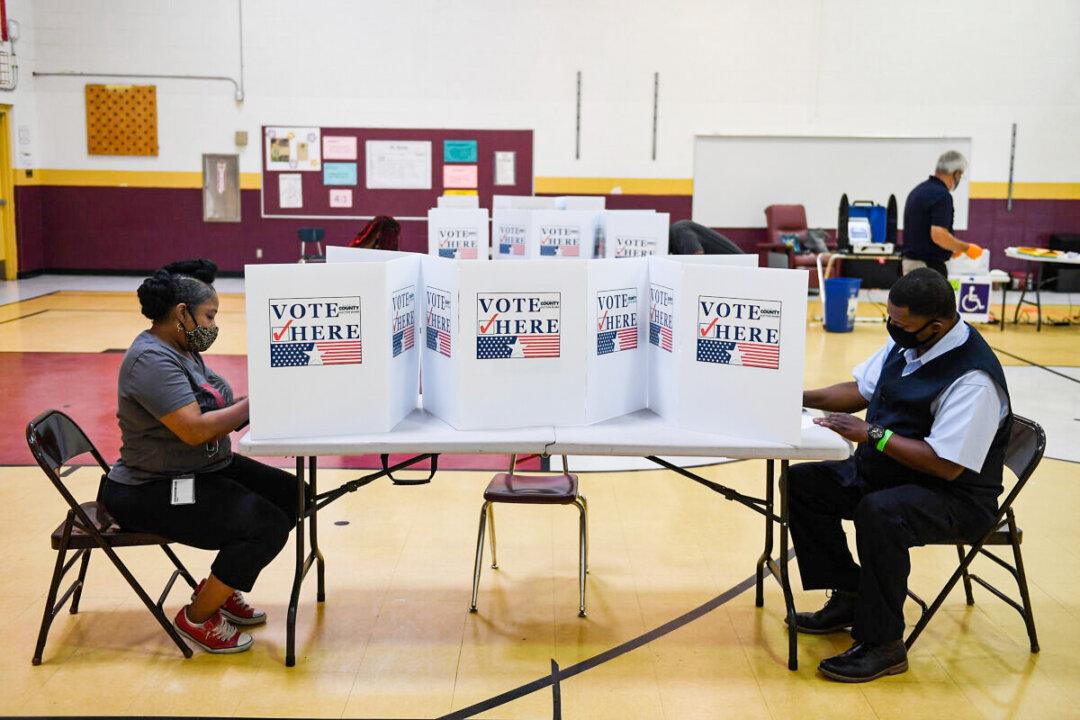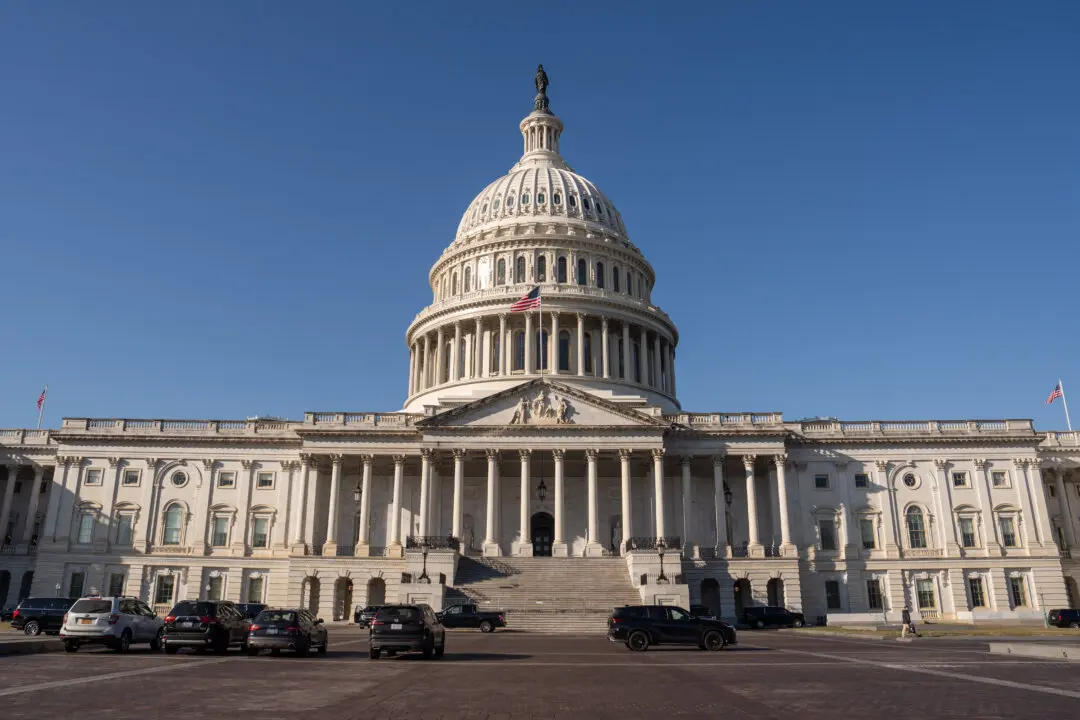Proponents are gearing up for stretch-run petition drives to secure signatures needed to get prospective constitutional amendments implementing ranked-choice voting on 2022 ballots in Missouri and Nevada.
The Missouri Top-Four Ranked-Choice Voting Initiative would give voters the option to pick from both Republicans and Democrats during open primaries and vote in all general elections for either a number one choice, or rank picks from the four highest-vote-getting primary candidates.





